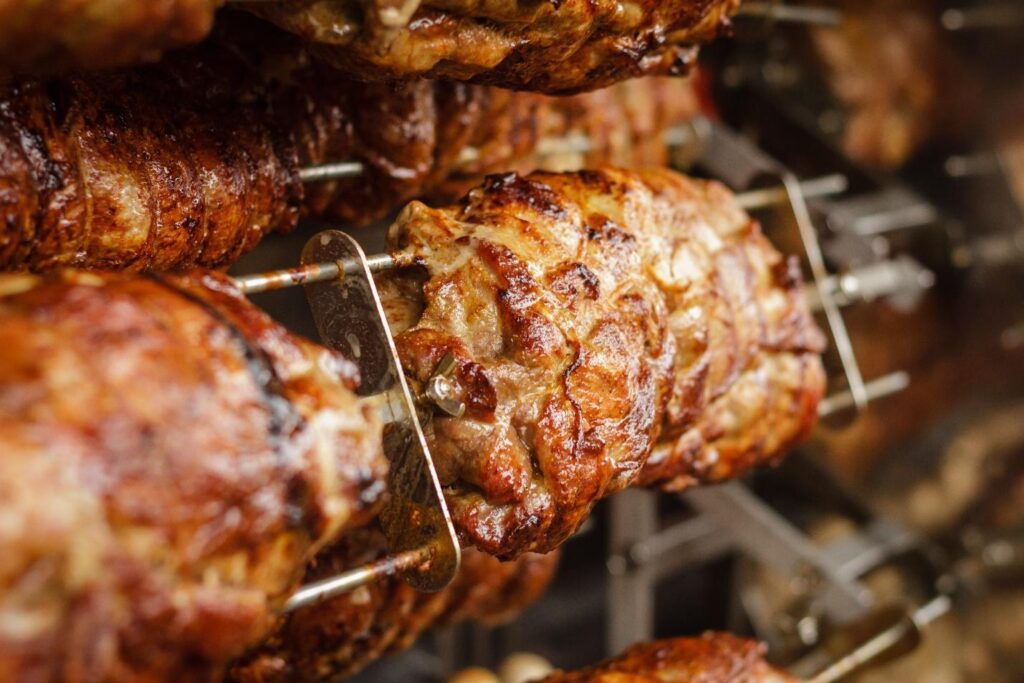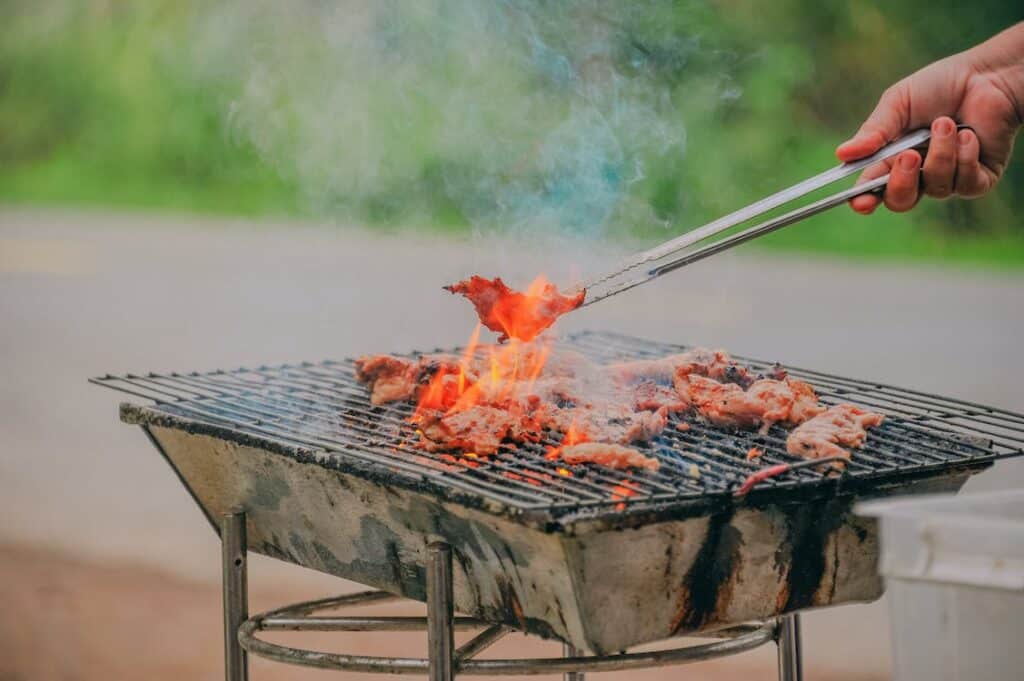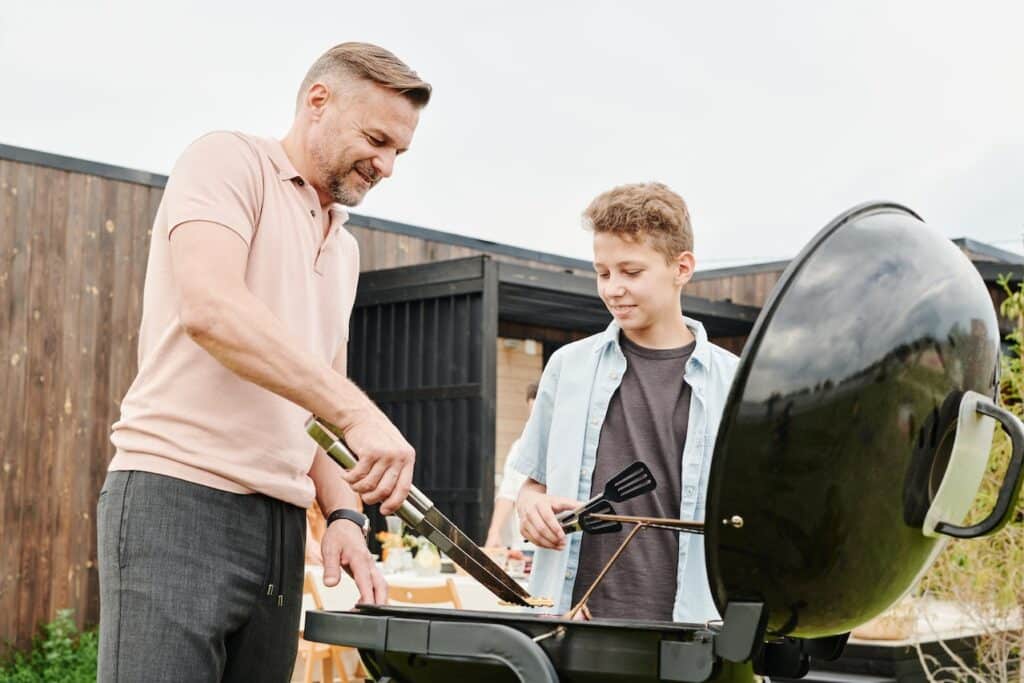Reheating Ribs 101: Expert Tips for Getting Juicy, Flavorful Results
If you`re new to grilling, you might be surprised at how much food can be leftover after a barbecue. While not everyone loves leftovers, reheating ribs can actually be a flavorful and cost-effective solution. In this article, we’ll cover why reheating ribs is important and the different methods you can use to achieve juicy, succulent results. Whether you prefer to use an oven, grill, or microwave, we’ve got you covered. Plus, we’ll share expert tips on how to store your leftover ribs and common mistakes to avoid during the reheating process. So, let’s get started and learn how to get the most flavor out of your reheated ribs!

Why is it important to reheat ribs?
As a seasoned grilling enthusiast, I can attest to the fact that reheating ribs is just as important as cooking them in the first place. While it may seem like an easy task, there are certain techniques and tips that can make all the difference in achieving tender, juicy ribs.
The first key to successfully reheating ribs is to ensure you have properly stored them after their initial cook. Ribs should be wrapped tightly in foil or placed in an airtight container before being stored in the refrigerator or freezer. This will help prevent any moisture loss which could result in dry, tough meat during reheating.
When it comes time to reheat your ribs, there are several methods you can use depending on your preferences and equipment available. One popular method is placing the wrapped or covered ribs on a grill over low heat for 10-15 minutes per side until heated through. Another option is using an oven set at 250°F for around 20-30 minutes until heated through.
But regardless of which method you choose, one crucial step cannot be overlooked: adding moisture back into your reheated ribs. This can be done by basting with sauce or using a spritz bottle filled with apple juice or beer during cooking.
So why exactly is this step so important? Simply put – without added moisture during reheating, even perfectly cooked and stored rib meat will become tough and dry when heated again due to evaporation of natural juices within the meat fibers.
In conclusion fellow grilling enthusiasts – don’t overlook this critical step when it comes time to reheat those delicious leftover rib slabs! With proper storage and thoughtful cooking techniques including adding back lost moisture – you’ll have perfectly tender BBQ every single time!
Methods of reheating ribs include oven, grill, and microwave.
When it comes to reheating ribs, there are a few methods that every grilling enthusiast should know. Whether you’re new to the world of barbecues or an expert griller, knowing these methods will ensure that your ribs come out perfectly every time.
First up is the oven method. This is a great option if you want to maintain the moisture and tenderness of your ribs while still achieving that crispy exterior. Simply preheat your oven to 350 degrees Fahrenheit, place your leftover ribs in an oven-safe dish with some barbecue sauce on top, cover with foil and heat for about 20 minutes.
Next up is the grill method – arguably one of the most popular options among BBQ enthusiasts. This method involves placing your leftover ribs on a hot grill (around 300-350 degrees Fahrenheit) for about 5-10 minutes per side until they are heated through and have those perfect grill marks we all love.
Finally, there’s always the microwave option – but be warned: this isn’t going to give you those crispy edges like other methods will. However, if speed is what you’re after then pop them in on high for around two minutes per rib (or until heated through).
While each of these methods has its pros and cons depending on what kind of result you’re looking for – whether it’s juicy or crispy – rest assured they will all get the job done! So go ahead and try them out next time you have leftover BBQ from last night’s cookout – I guarantee even grandma would approve!
Tips for maintaining flavor and juiciness during the re-heating process.
Reheating ribs can be a tricky task, especially if you want to maintain the delicious flavor and juiciness that made them so irresistible in the first place. However, with a few tips and tricks, even newcomers to grilling and barbecues can achieve mouthwatering results.
Firstly, it’s important to remember that reheating ribs should be done slowly and at low temperatures. This will help prevent any dryness or toughness from setting in. One effective method is using a smoker or grill set up for indirect heat with wood chips for added smoky flavor.
Another key tip is ensuring your ribs are properly wrapped before reheating. This helps retain moisture and prevent them from drying out during the process. Consider wrapping your ribs tightly in foil or butcher paper before placing them on the grill or smoker.
Furthermore, adding additional moisture can also help maintain juiciness during reheating. Try brushing your ribs with apple juice or barbecue sauce throughout the process to keep them moist and flavorful.
Lastly, don’t forget about timing! Overcooking is one of the biggest culprits behind tough, dry rib meat when reheated improperly – so always keep an eye on temperature levels as well as cook time.
Overall these simple tips will ensure you never have disappointing leftovers again!
How can I store leftover ribs for optimal reheating results?
When it comes to reheating leftover ribs, there are a few key things to keep in mind if you want to achieve optimal results. First and foremost, the way you store your ribs can have a significant impact on how they taste when you reheat them.

To start, make sure that your leftover ribs are stored in an airtight container or wrapped tightly with plastic wrap. This will help prevent air from getting in and drying out the meat.
If possible, try to avoid storing your leftover ribs for more than 2-3 days. The longer they sit in the fridge, the less tender and flavorful they’ll be when reheated.
When it’s time to reheat your leftovers, there are several methods that work well depending on personal preference:
1) Oven: Preheat oven between 250-300°F (120-150°C). Place foil-wrapped or covered baking dish of rib portions into preheated oven for about 20 minutes per pound until heated through.
2) Grill: Heat grill over medium heat or use indirect grilling method by heating only one side of grill while leaving other side off; place rib portions onto grill grate using tongs; cook each side about two-three minutes until lightly charred.
3) Microwave: Cover plate with damp paper towels before placing rib portion(s); microwave at high power setting for approximately one minute per serving size then rotate halfway through cooking process.
No matter which method you choose remember not all left-over dishes need too much effort rather just needs proper storage techniques so as not spoil its flavour! With these tips under your belt next time someone asks how best we can store our beloved barbecue delicacies like ribs -you can confidently share expert advice like any seasoned barbecuer would.
Common mistakes to avoid when reheating ribs include.
Reheating leftover ribs is a common practice among grilling enthusiasts. However, there are several mistakes that can be made when reheating these delicious meats. In order to avoid ruining the flavor and texture of your ribs, it’s important to keep a few things in mind.
Firstly, make sure you’re using the right equipment for reheating your ribs. Avoid using a microwave as this can cause the meat to become rubbery and unappetizing. Instead, use an oven or grill for best results.
Secondly, don’t rush the process by cranking up the heat too high or leaving them on for too long. This will cause your ribs to dry out and lose their tenderness. Take your time and reheat them slowly on low heat until they’re warmed through.

Thirdly, avoid over-saucing your ribs during reheating as this can lead to an overly soggy mess that lacks flavor balance.
Lastly but most importantly is ensuring hygiene safety measures are followed especially when dealing with leftover food which has been exposed before storage due environmental factors , ensure all cooking surfaces including utensils used in handling have been properly cleaned prior use .
By avoiding these common mistakes when reheating rib leftovers , you’ll be able enjoy juicy meat that retains its rich flavors while retaining perfect texture . Just remember – take care not rush things!
Conclusion
Reheating ribs doesn’t have to be a daunting task. With the right techniques and tips, it can be an easy and enjoyable experience that’s sure to bring you plenty of deliciousness! Don’t let your leftover ribs go to waste – take some time today to learn about the best methods for reheating them, so they come out perfectly juicy every single time. Now get out there and get grilling!













